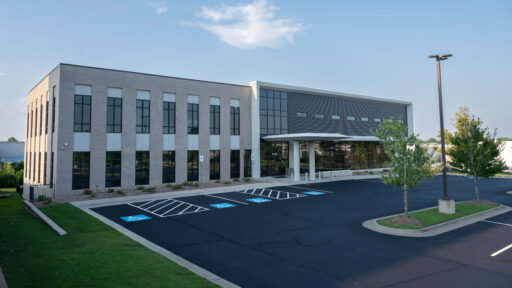Femoroacetabular impingement is a common cause of hip and groin pain in the young, athletic patient. In certain individuals – particularly young, active patients – extra bone can form on both the femoral neck (i.e., the “ball” of the hip joint) or the acetabulum (i.e., the hip “socket”). Over time, this extra bone can “impinge” on the hip cartilage and labrum, leading to damage within the hip. Increasingly, hip FAI is seen as a predisposing factor to cartilage wear and hip arthritis.
Patients with FAI typically present with pain in the hip and groin, but this discomfort may extend into the low back or side of the hip. Pain is worse with sitting for a long period of time, such as during long car rides or plane flights. Athletic patients may experience pain with cutting and twisting activities during sports.
Non-operative treatment of FAI includes physical therapy to strengthen the muscles around the hip joint and reduce inflammation within the joint. Additionally, injection of local anesthetic (i.e., numbing medicine), corticosteroid, or platelet rich plasma (PRP) may improve symptoms and help confirm the diagnosis. For patients with persistent symptoms, arthroscopic surgery can be performed with small (<1 inch) incisions around the hip. Your surgeon can then repair the damaged labrum and remove any excess bone within the hip.





